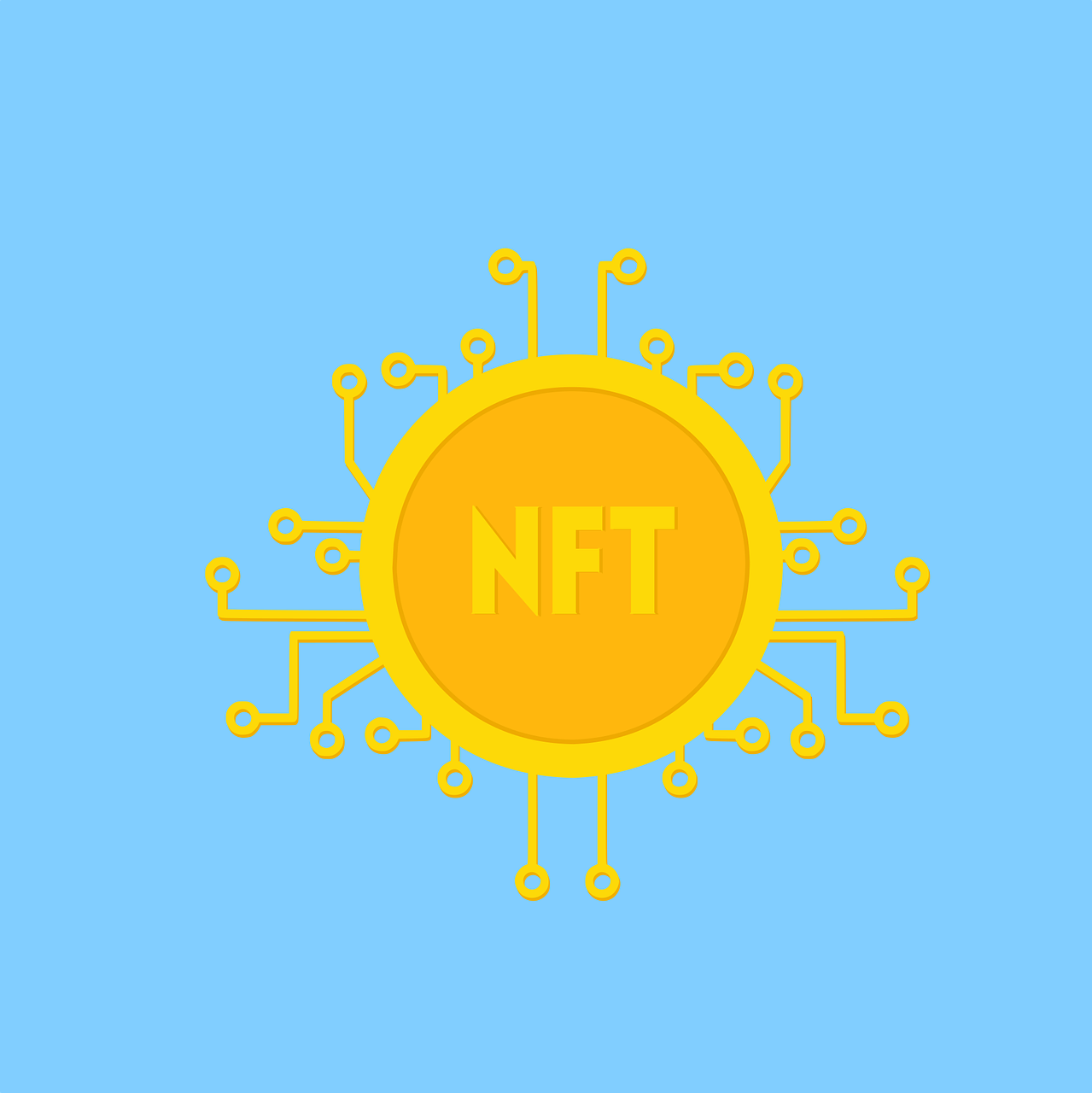Home »
REAL TIME VC & PRIVATE EQUITY DEALS AND NEWS
With NFTs being the relatively new premise that they are, you would be surprised at how much progress has been made in this sector already.
If new developments continue to take place at the rate they are now, it would not be a shock to see NFT trading become just as popular as cryptocurrency trading, and more and more people are beginning to see the potential housed within this industry every day.
One of the most notable developments in NFTs is the ability to turn physical, real-life objects into NFTs, and as mind-blowing as this sounds, it is completely true. Let’s take a closer look at how this works.
What You Can & Can’t Turn Into an NFT
NFTs are still vastly untouched by general society, and it is fair to say that their development has only just begun. Because of this, we are at the point where virtually anything can be considered an NFT, and this also applies when it comes to the topic of this article.
Almost anything you can imagine can be turned into an NFT. does your couch have a weird pattern that makes it look incredibly unique? Turn it into an NFT. Did you just make a killer piece of art that you hung on your wall? Turn it into an NFT. Does your dog have a particularly wholesome face? Well, why not capitalise on your dog’s likelihood by turning him into an NFT? You get the point.
The NFT chip does not discriminate, and the potential it has to turn any object imaginable into an NFT truly is staggering. Although, before you go ahead and start trying to make a profit from all of your household objects, there is one thing you need to know.
As is the case with most things, copyright is extremely important when it comes to NFTs. this is even more so the case with NFTs since proof of ownership is essentially the only way someone can prove they own an NFT – you can expect people/companies to be extremely unforgiving when it comes to this subject.
You should take care when delving into the wonderful world of digital art and make sure that you don’t accidentally try and turn a branded product into an NFT. Even if said product is entirely transformed, companies/brands are still likely going to take issue with your endeavour, and it is best to only stick to things that you create yourself.
Technology Can Do Some Incredible Things
When it comes to how NFT chips work, at a surface level, they are pretty easy to operate. Simply attach your chip to any physical asset that you have and scan the chip with your phone, and from there, the chip does all the work.
Of course, if we were to talk about the technology behind how this works then things turn out to not be so simple, and it would take hours to accurately describe the inner workings of the NFT chip. Luckily, knowing precisely how they work is ultimately not necessary if you just want to take advantage of its uses, and you will be able to get by just fine without knowing its fundamental processes and mechanics.
All you need to know is this; NFT chips are incredibly easy to use, and even those of us that have no clue about anything technology-oriented are going to have an amazing time.
Whilst this technology may not be revolutionary, it is certainly still an exemplary piece of technological prowess. The ability to turn a physical asset into an NFT is utterly mind-blowing, and it would not be a surprise to see this technology be expanded upon in the future.
The Future Of NFTs
In all likelihood, the NFT chip is just one of many technological marvels we are likely to see in the few years. Whilst opinions on NFTs may be mixed, the core technology and premise behind how it works is fundamentally good.
The ability for people to have tangible proof of owning digital art is something that was going to occur at some point or other, and in reality, it just becomes a natural development when you factor in the shift to online that most of society is making. We may even see NFTs overtaking traditional art at some point in the future, and the NFT chip has only moved us one step closer to making this happen.
So, what do you think about the possibility of being able to turn physical objects into virtual NFTs? If you are anything like us, you probably think that it is near unbelievable.
Even just a few years ago, the concept of being able to convert physical objects into NFTs would have seemed outright alien, and nobody could have guessed we would have made so much progress in the industry so quickly.
It is going to be interesting to see how things look in just a few years. In reality, it is entirely possible that we cannot even fathom what’s to come – we may even see NFTs become a mainstay in society. Have fun.
About | Advertise | Contact | Terms & Conditions | Disclaimer | News | The Daily Deal Newsletter
Privacy Policy (function (w,d) {var loader = function () {var s = d.createElement(“script”), tag = d.getElementsByTagName(“script”)[0]; s.src = “https://cdn.iubenda.com/iubenda.js”; tag.parentNode.insertBefore(s,tag);}; w.addEventListener ? w.addEventListener(“load”, loader, false) : w.attachEvent(“onload”, loader);})(window, document); FinSMEs is owned by FinSMEs Ltd – 86 – 90 Paul Street – London, UK – EC2A 4NE – e-mail: [email protected]
Follow FinSMEs on:

